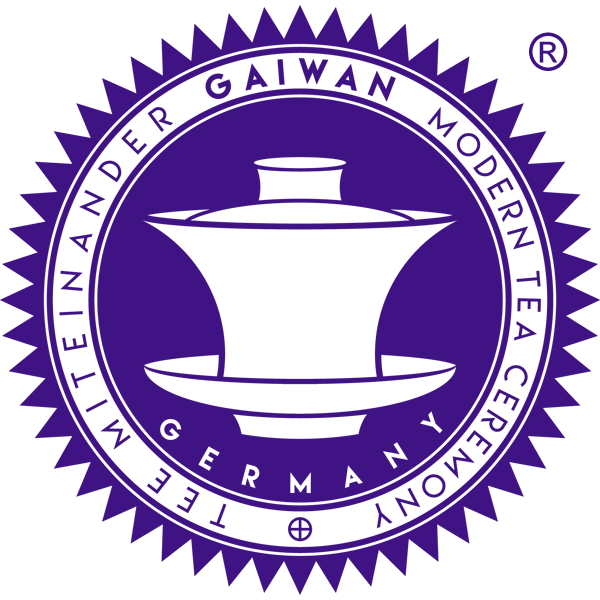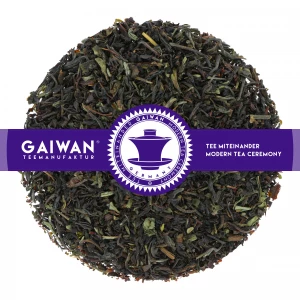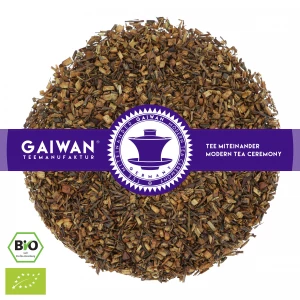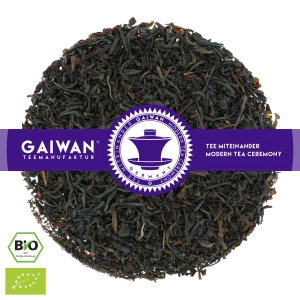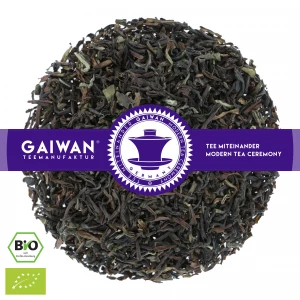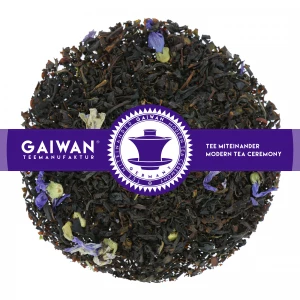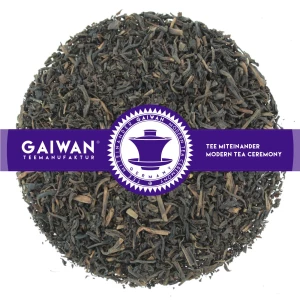Earl Grey – A Noble Among Black Teas
Almost everyone knows it. The delicious citrus aroma of a freshly brewed Earl Grey fills the entire room before the impeccable and unique taste delights the palate. There are all kinds of legends about how this tea came about. They all share the fact that for some reason bergamot oil was poured over the tea. The most likely explanation is that this was done on purpose to protect the black tea from the smell of mould and fish on long ship voyages. After all, the tea was imported from China and was thus on the high seas for weeks. Earl Grey got its name in reference to Charles Grey, the 2nd Earl Grey, a British Prime Minister, who had abolished the East India Company's price monopoly in the tea trade with China in 1833. However, he had nothing to do with the invention of tea, because Grey's Tea existed even before the first officially documented mention of Earl Grey.
While genuine Earl Grey was originally produced only with black tea from China and bergamot oil, this has changed a little over the centuries. Nowadays, Earl Grey is also available with Ceylon, Assam or Darjeeling as a base, and not even exclusively as black tea. For example, we have a delicious Earl Grey Green and also Earl Grey Rooibos on offer. A particularly exquisite blend is our popular Earl Grey Blue Star, which also contains mallow blossom and orange peel.
For those who prefer to enjoy their tea at the end of the day, but still don't want to miss out on a fresh cup of black tea, we can recommend our gently decaffeinated Earl Grey
We always use at least 90% pure bergamot oil for our blends, which we finely tune with mandarin and lemon. See for yourself and try our certified organic Earl Grey Classic.
